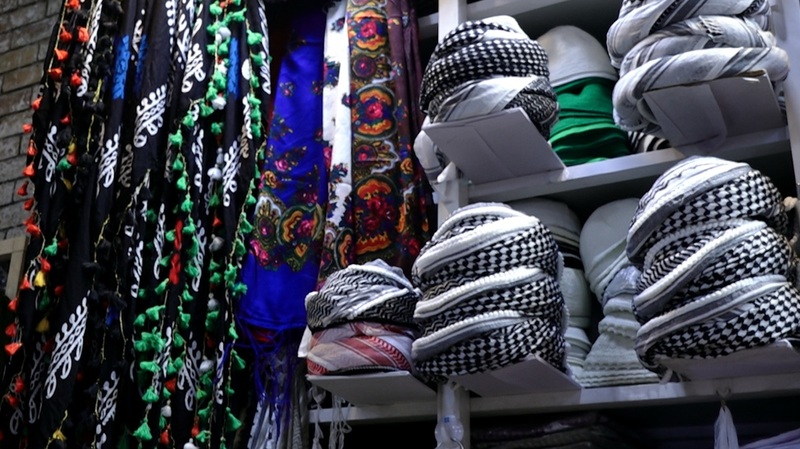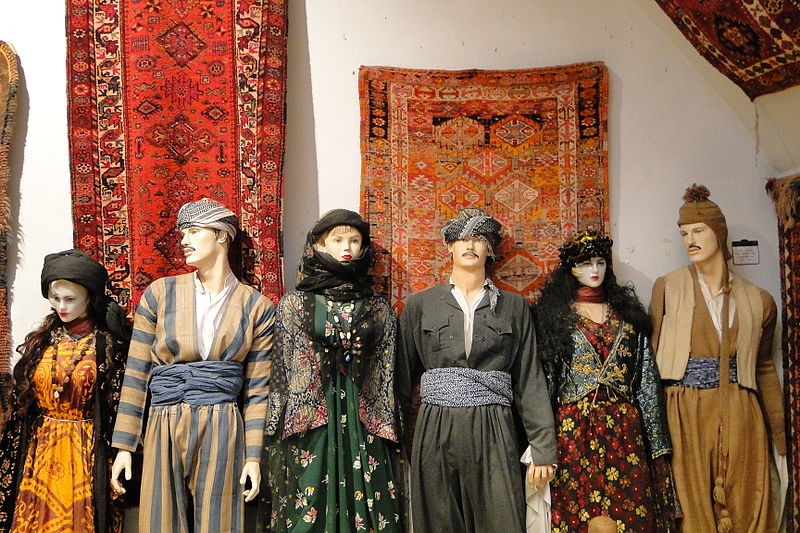Kurdish clothes are the clothes that belong to the Kurdish nation and are an important part of Kurdish culture; the Kurdish nation is known for its traditional clothes.
Kurdish clothes vary from region to region in terms of style. Since the emergence of Kurdish clothing culture, its shape has changed, but it has preserved its national identity and has become the identity of the Kurdish nation.
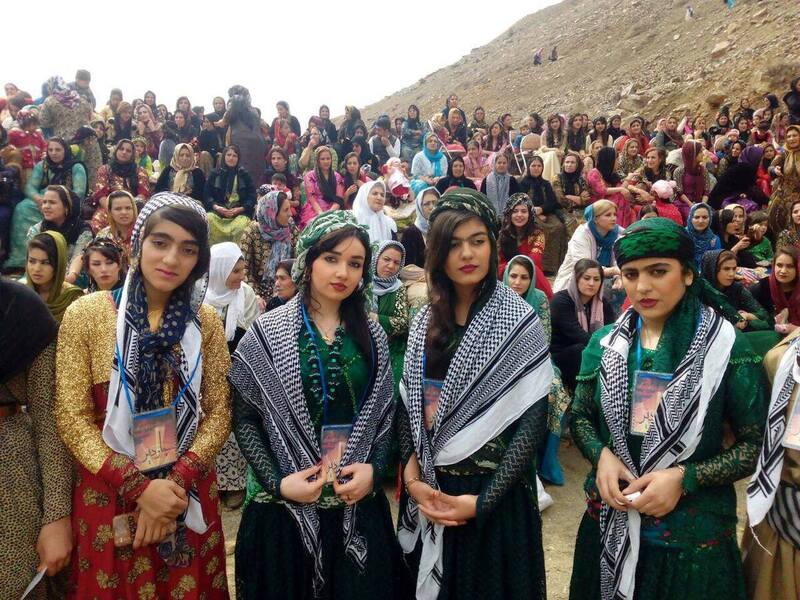
History of Kurdish Clothes:
The history of Kurdish clothes dates back to Kurdish history and the oldest images of Kurdish cloth date back to the Achaemenid period.
The Median hats are still used in most parts of Kurdistan. Most Kurdish clothes have their roots in the Medes period.
Inscriptions and writings of the past centuries depict many women and men in different parts of the region in Kurdish clothes. Most of the depictions are from the Achaemenid period, which contains images of Median soldiers and commanders.
Over time, Kurdish clothes have changed to what it is today. The main change after the Qajar and Ottoman periods was the increase in the variety of fabrics. Despite the changes that have taken place in Kurdish clothes, it has retained its authenticity and people regard it as a sovereign history.
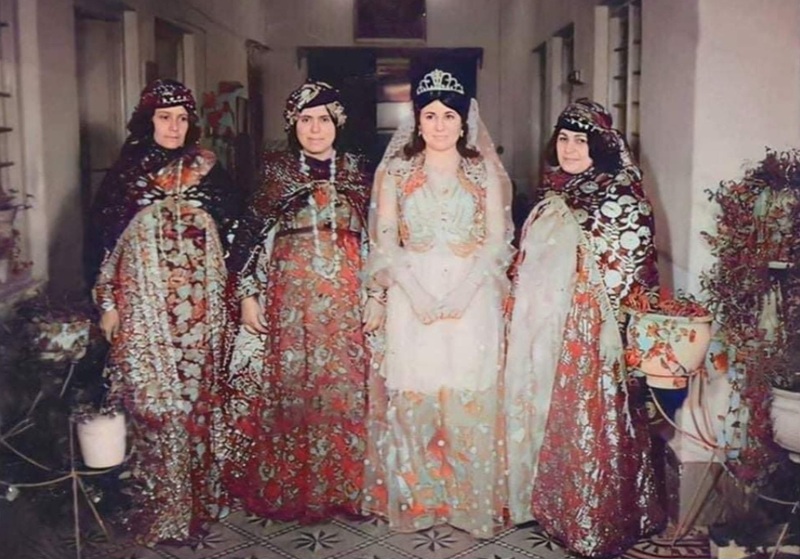
Kurdish women's clothes
One of the most beautiful and attractive clothes in the world is Kurdish women's clothes, which has more than hundreds of different types in terms of colors and shapes.
One of the distinctive features of Kurdish clothes is that it includes the use of various handicrafts and the variety of colors in the choice of fabrics has given it a high value. Under normal circumstances, the shape and style of this dress varies according to the geographical region and the taste of women; but in wars, women dress like men and there is no difference between them. Women pay more attention to the use of jewelry, especially "cloves, coins, colorful pearls, Gobarok, Zherchana, Pshten, Nawchawan" and many other types of jewelry. Women's clothes include several parts such as Dress, Helak, Salta, Kawa, Kulwana, Dasmal, Klaw (hat), and Sarpech.

Kurdish men's clothes
Kurdish men's clothes are generally "Kawa and Pantol" in various styles and colors.
Men's clothes have several parts, and not all of them have to be used at the same time.
The type of daily activity such as the weather, and the person's taste in clothing, have an impact, for example for daily work or that in old times men were more engaged in farming wearing only Pantol without a Kawa.
Men's Kurdish clothes include several parts such as “Rank and Chogha, pants or Pantol, Dekhun, Sorani, Pastak or Faranji, and ...
They also have jewelry items, such as Pshtwen, Klaw Mshki (hats), Jamana or Jamadani, Pushi, Puzwana, rosary, swords, and daggers.
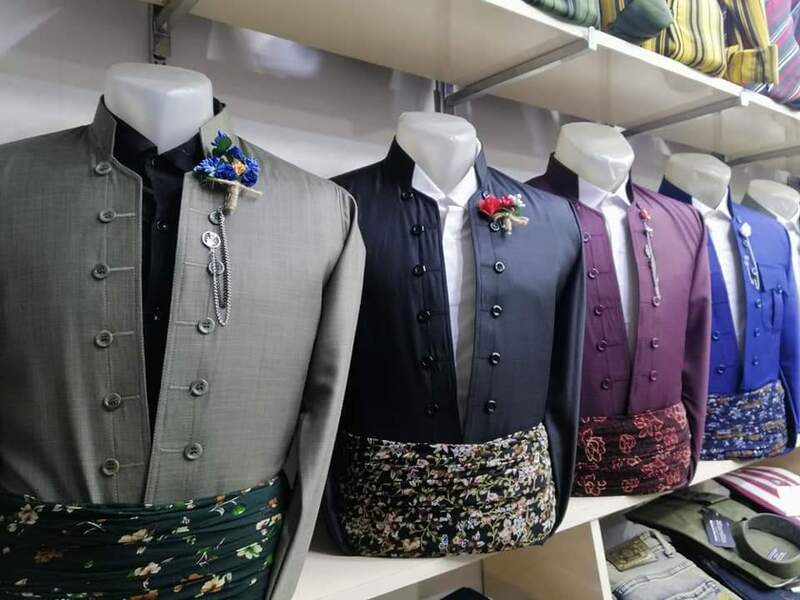
Kurdish Clothes Day
For more than 10 years, March 10 has been officially declared as Kurdish Clothes Day in the Kurdistan Region; it is also known as National Clothes Day.
Because wearing Kurdish clothes is important for introducing Kurdish culture and authenticity, Kurds around the world can wear these clothes in different colors, types, models, and even their own culture. It is celebrated annually in educational institutions, offices, and the private sector. It has preserved its national identity and has survived among the Kurds to this day.
